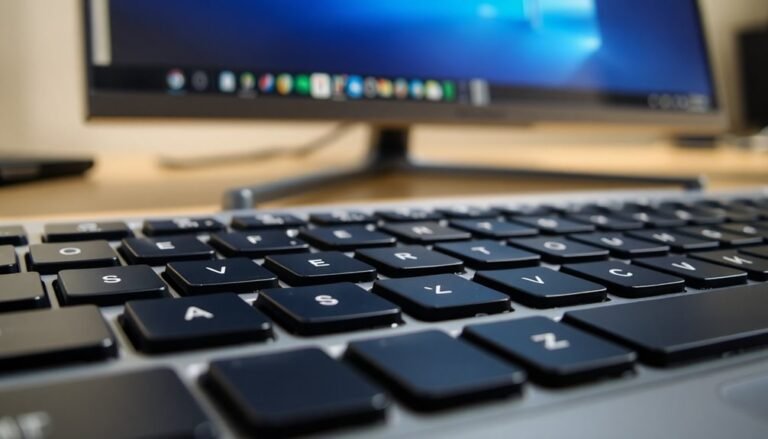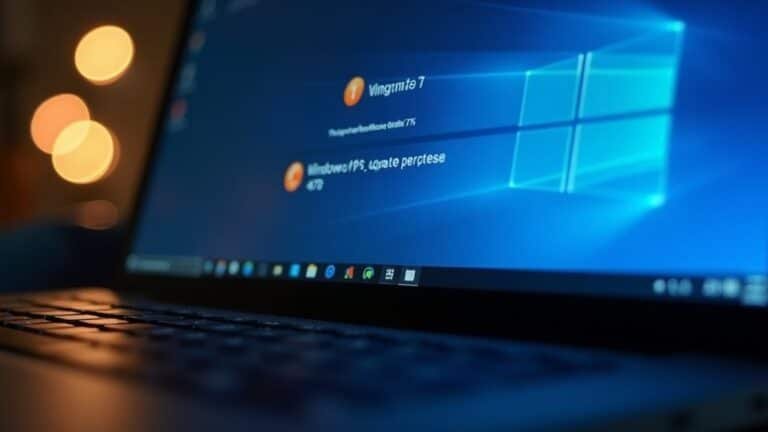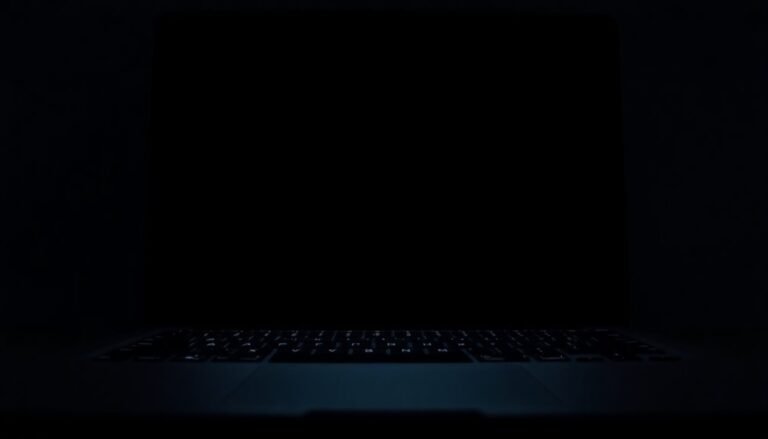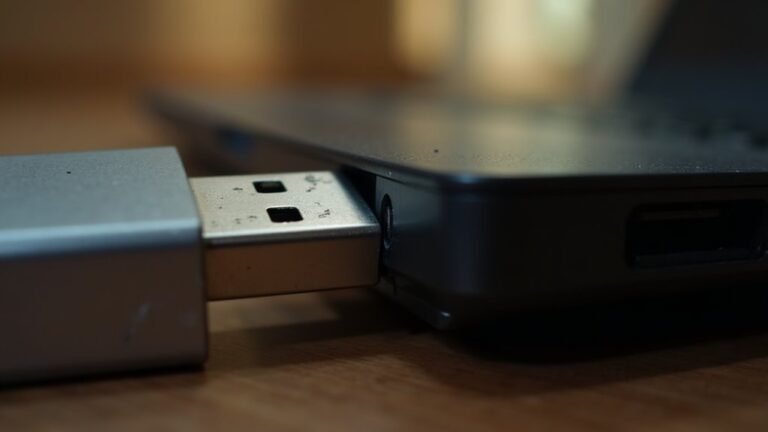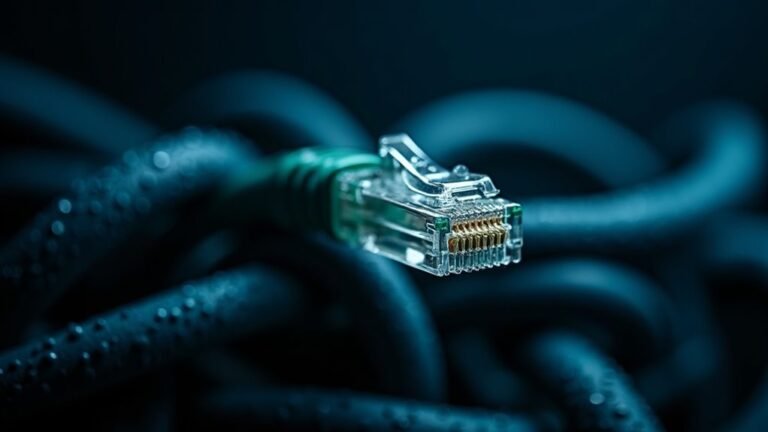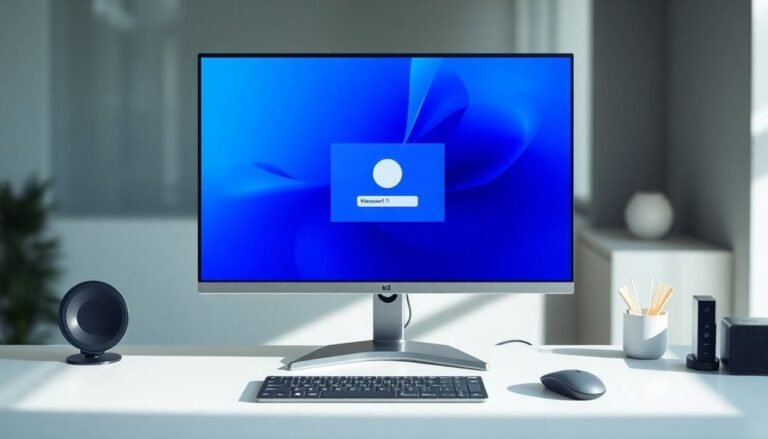Windows Error 31: Fix Device Attachment Error
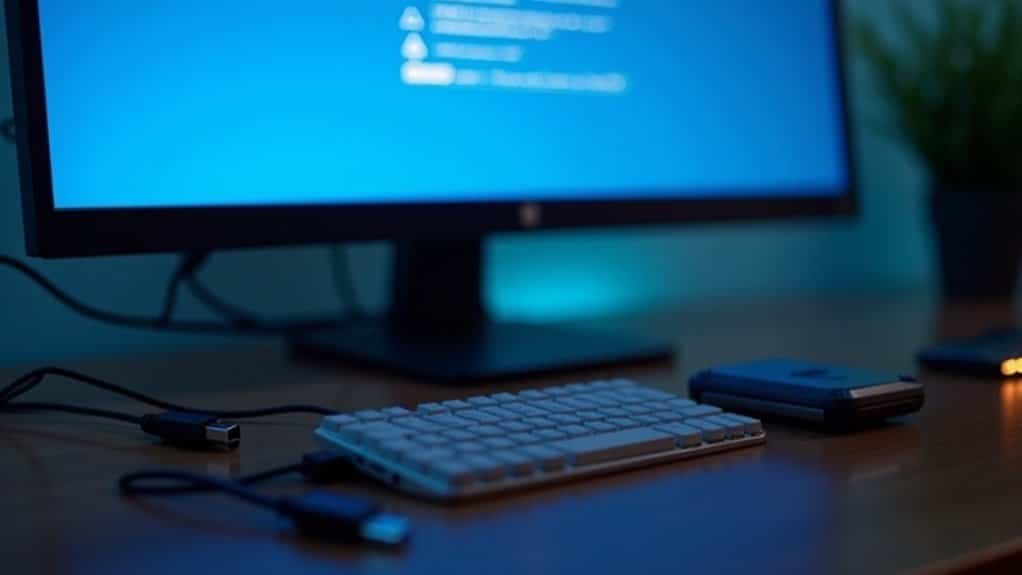
If you get Windows Error 31, it means your device isn’t attaching properly. This issue often occurs due to driver conflicts or outdated hardware drivers.
First, open Device Manager and look for devices with a yellow exclamation mark. Update the drivers via Windows Update or download the latest versions from the manufacturer’s site.
If updating fails, uninstall the device and restart your PC. This will prompt Windows to reinstall the device automatically.
For persistent issues, several advanced methods can help resolve the error. These steps can restore smooth operation to your device.
Understanding the Root Causes of Error 31
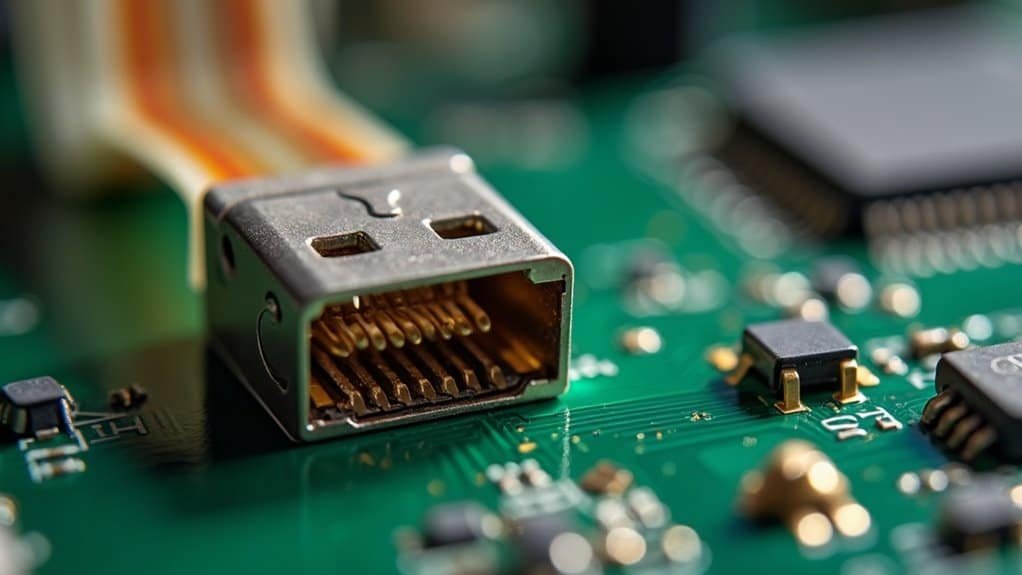
Understanding the Causes of Windows Error 31 and How to Fix It
Windows Error 31 commonly occurs due to issues with device drivers or hardware compatibility. This error typically appears when a device driver is missing, corrupted, or not installed correctly. Outdated or incompatible drivers—especially those lacking proper digital signatures or support for your specific hardware—are frequent triggers of Error 31. Installing incorrect driver versions or using legacy hardware without adequate support can also cause this problem.
Another major cause of Windows Error 31 is registry corruption. Damaged or invalid registry keys related to device drivers, particularly for network adapters, can prevent Windows from starting essential device services, resulting in this error. Opening Registry Editor can help you locate and address problematic registry entries, such as those affecting network adapters.
Resource conflicts, such as overlapping I/O ports or memory ranges between devices, may also cause Windows to fail in allocating resources properly, leading to Error 31. Additionally, manually disabling devices via Device Manager or BIOS settings, or incorrect startup configurations of driver services, can contribute to this device error.
To resolve Windows Error 31, ensure your device drivers are up-to-date and properly installed. Check for registry issues and fix any corruption, verify device resource allocations, and confirm that devices are enabled in Device Manager and BIOS.
Identifying Common Symptoms in Device Manager
Common Symptoms of Windows Error 31 in Device Manager: How to Identify and Fix
Windows Error 31 can affect various hardware devices, but Device Manager provides clear visual indicators to help you quickly identify the problem. The most obvious sign is a yellow warning triangle appearing next to the affected device entry.
When you open the device’s properties, you’ll often see the error message: “This device isn’t working properly because Windows can’t load the drivers required for this device. (Code 31).” Additionally, devices may appear grayed out or disabled, indicating they’re blocked either manually or automatically by the system.
You might also observe that the device is listed but not functioning correctly or experiencing intermittent connectivity issues. Incorrect driver installation is one of the most common causes of this error, making it essential to review recent driver changes. Refreshing Device Manager or restarting your computer may temporarily remove the error, but it typically returns.
The device properties usually reveal driver load failures or missing driver files. If multiple related devices display errors simultaneously, this often points to a shared driver issue or resource conflict. These common symptoms, especially following recent driver updates or hardware changes, confirm Windows Error 31 and provide clear guidance for your next troubleshooting actions.
Devices Most Affected by Error 31
Devices Most Affected by Windows Error 31: Causes and Solutions
Windows Error 31 commonly affects various hardware devices such as USB peripherals, network adapters, graphics cards, optical drives, and Bluetooth modules.
If your USB camera disconnects after initial recognition or other USB devices stop functioning, this error often indicates driver conflicts or hardware issues like faulty cables, damaged USB ports, or problematic OEM software.
Network adapters—including Microsoft ISATAP and Intel Wireless Bluetooth—frequently encounter Error 31 due to corrupted registry filters (UpperFilters and LowerFilters) or incompatible drivers.
Graphics cards from NVIDIA and AMD may also show Error 31 when outdated or conflicting drivers prevent proper device loading.
Additionally, optical drives can trigger this error if registry keys are damaged or legacy drivers are in use.
Bluetooth modules, especially Intel models, are prone to Error 31 caused by failed driver installations or loads.
Identifying the specific device type affected by Windows Error 31 is essential for effective troubleshooting and resolving these driver or hardware conflicts.
Updating Device Drivers Effectively
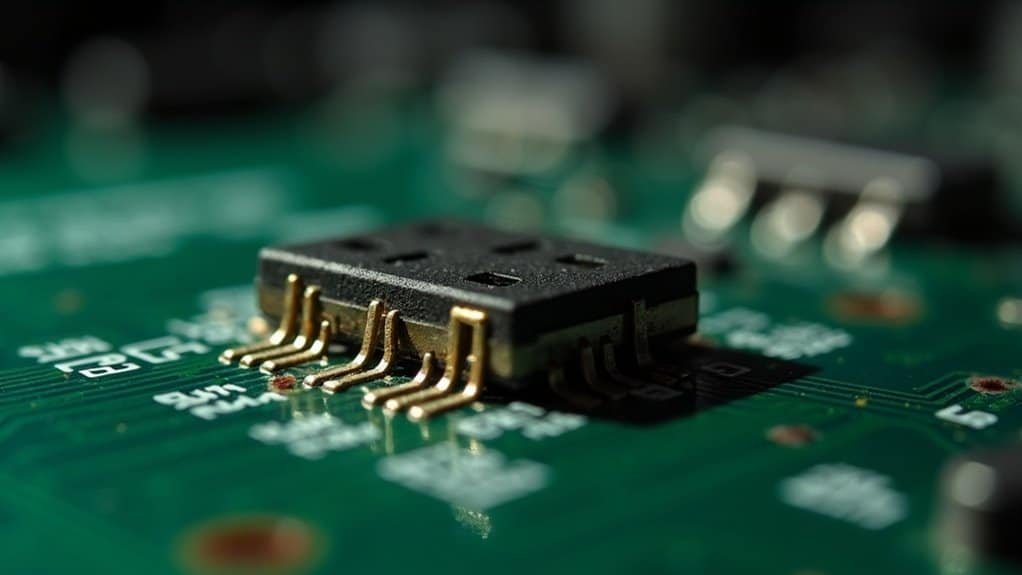
How to Fix Windows Error 31 by Updating Device Drivers
Windows Error 31 often occurs due to outdated or corrupted device drivers. The most effective way to resolve this issue is by updating your device drivers using a reliable and step-by-step method.
Start with Windows Update by going to Settings > Update & Security > Windows Update. Make sure to enable the option to receive updates for other Microsoft products, which helps in getting the latest driver updates for a wide range of hardware.
Next, check the “Optional updates” section for available driver updates. Installing these updates and restarting your PC can improve device performance and fix Windows Error 31.
If Windows Update doesn’t resolve the issue, use Device Manager. Open Device Manager, right-click the device showing Error 31, and select “Update driver.” Choose either to search automatically for updated driver software or browse your computer if you have downloaded drivers manually.
For the most accurate and up-to-date drivers, visit the official website of your device manufacturer. Download drivers that exactly match your device model and Windows OS version to ensure compatibility.
Before proceeding with driver updates, create a System Restore point to safeguard your system. Restart your computer after installing drivers to finalize the update process and prevent further errors.
Uninstalling and Reinstalling Problematic Devices
How to Fix Windows Error Code 31 by Uninstalling and Reinstalling Problematic Devices
If you encounter Error Code 31 in Windows Device Manager, it indicates that your system can’t load the necessary drivers for a specific device, causing it to stop working. To resolve this issue, follow these step-by-step instructions to uninstall and reinstall the problematic device drivers effectively.
Step 1: Open Device Manager
Press the Windows key + R simultaneously, type `devmgmt.msc` into the Run dialog box, and press Enter. This will open the Device Manager window where you can manage all hardware components.
Step 2: Identify the Problematic Device
Look for devices marked with a yellow exclamation mark. Common devices that trigger Error Code 31 include network adapters, USB devices, graphics cards, Bluetooth adapters, and WAN Miniports.
Step 3: Uninstall the Device
Right-click the device with the error and select “Uninstall device.” When prompted, check the box that says “Delete the driver software for this device” to remove any corrupted or incompatible drivers completely.
Step 4: Restart Your Computer
After uninstalling the device, reboot your PC. Windows will try to detect and reinstall the device automatically upon startup.
Step 5: Manually Install Drivers (If Needed)
If Windows doesn’t reinstall the device or the error persists, visit the device manufacturer’s official website. Download and install the latest compatible driver matching your Windows version and system architecture (32-bit or 64-bit).
Step 6: Use Add Legacy Hardware for Complex Devices
For advanced devices like WAN Miniports or Bluetooth adapters, you might need to manually add the hardware. In Device Manager, click on “Action” > “Add legacy hardware,” then follow the wizard to reinstall the device.
By carefully uninstalling and reinstalling drivers, you can fix Error Code 31 and restore your device’s functionality.
Always ensure you download drivers from trusted sources and verify compatibility to avoid future driver issues in Windows.
Utilizing System Restore and BIOS Settings
How to Fix Windows Error Code 31 Using System Restore and BIOS Settings
If you’re facing Windows Error Code 31, uninstalling and reinstalling device drivers is often the first step. However, when the issue persists, deeper troubleshooting methods like System Restore and BIOS adjustments can help fix the problem effectively.
Use System Restore to Resolve Windows Error Code 31
System Restore allows you to roll back your Windows PC to a previous state when your devices were working correctly. To access System Restore:
- Open the Control Panel or go to Windows Recovery Options.
- Select a restore point dated before the Code 31 error appeared.
- Follow the on-screen instructions to complete the restoration process.
This method doesn’t affect your personal files but may remove recently installed drivers or updates that caused the issue. If you encounter errors such as 0x80070005 during System Restore, make sure to address permission or system file corruption problems before trying again.
After restoring, open Device Manager to check if Code 31 errors or yellow exclamation marks remain. Then restart your computer to let Windows reinitialize hardware components.
Adjust BIOS Settings to Fix Code 31 Device Errors
If System Restore doesn’t resolve the issue, modifying BIOS settings can help:
- Enter BIOS setup during startup (usually by pressing keys like F2, F10, DEL).
- Enable USB legacy support or relevant device-specific options.
- Reset BIOS to default settings if necessary.
- Disable Secure Boot if it conflicts with device drivers.
- Update BIOS firmware to the latest version from your motherboard manufacturer’s website.
Changing BIOS configurations can fix hardware recognition problems and driver loading conflicts that cause Windows Error Code 31.
Summary
By combining System Restore with BIOS troubleshooting, you can effectively fix Windows Error Code 31 and restore proper device functionality. Always ensure you back up important data before making system changes, and consult your PC or motherboard manual for BIOS instructions.
For more detailed guides on fixing Windows device errors and driver issues, keep following our Windows troubleshooting tips.
Advanced Methods: Driver Cleaning and Manual Hardware Addition
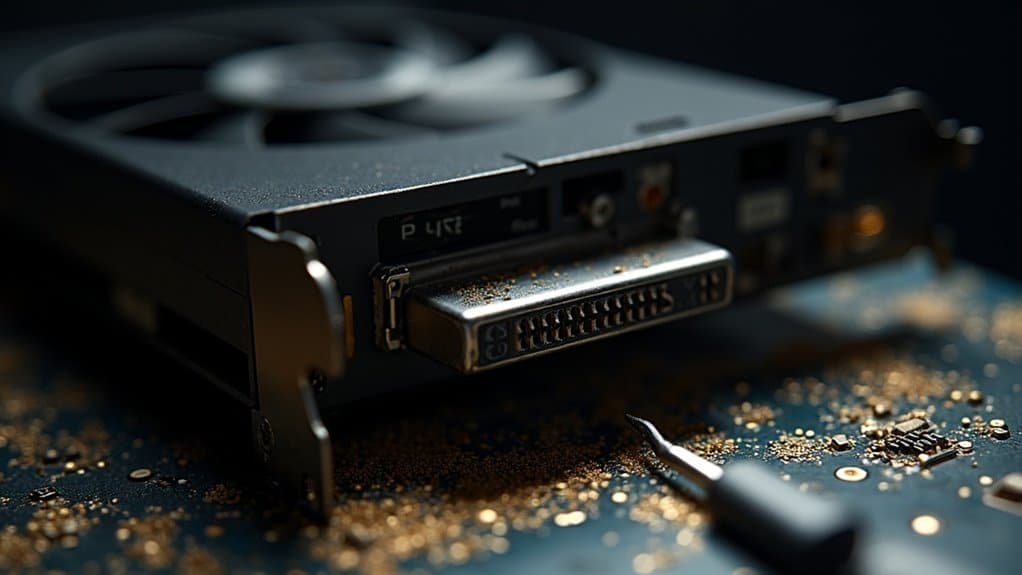
If System Restore and BIOS adjustments haven’t fixed Windows Error Code 31, it’s time to try advanced driver-level solutions to resolve the issue effectively.
First, open Device Manager by searching for it in the Start menu. Locate the affected device, right-click it, and choose “Uninstall.” Make sure to check the box for “Delete the driver software for this device” to completely remove all driver files and prevent conflicts.
Before reinstalling drivers, disconnect from the internet to stop Windows from automatically installing incompatible drivers. Download the latest OEM drivers directly from the manufacturer’s website. If a standard uninstall doesn’t work, reboot into Safe Mode to perform the removal safely.
After uninstalling, reboot your PC before reinstalling the drivers, and always confirm that the drivers are digitally signed and compatible with your Windows version.
For stubborn driver issues, consider using trusted third-party driver cleaning software to remove orphaned driver entries from your Windows registry and system files. Always back up your registry before making any changes.
These tools help eliminate leftover or corrupted keys that might be causing Error 31. If Windows still can’t detect your device, open Device Manager, go to the “Action” menu, and select “Add legacy hardware.”
Follow the on-screen prompts and use the “Have Disk” option if you have downloaded official driver files. After installation, verify the device status in Device Manager to ensure the hardware is functioning properly.
By following these advanced troubleshooting steps, you can effectively fix Windows Error Code 31 and restore your device’s functionality.
For more tips on driver updates and Windows error solutions, keep visiting our blog.
Resolving Graphics Adapter and Display Issues
How to Fix Windows Error Code 31 on Graphics Adapters: Step-by-Step Guide
Windows Error Code 31 is a common issue affecting graphics adapters, often leading to display problems. To fix this error and restore your graphics card functionality, start by opening Device Manager. Look for your graphics card—if it shows a yellow warning icon or appears as a “Microsoft Basic Display Adapter,” this indicates missing, incompatible, or corrupted drivers.
Here’s how to resolve Windows Error Code 31 on your graphics adapter:
- Update Graphics Driver: Right-click the problematic adapter and select “Update Driver.” Choose both automatic and manual driver searches to install the latest drivers from your GPU manufacturer’s website.
- Uninstall and Reinstall Drivers: If updating doesn’t work, uninstall all instances of the faulty graphics adapter. Then, download and install the correct driver directly from the device maker’s official site.
- Check BIOS Settings: Ensure your BIOS is configured to set the correct GPU as the primary display device. Incorrect BIOS settings can cause Error 31 to persist.
- Disable Integrated Graphics: For advanced troubleshooting, temporarily disable integrated graphics in Device Manager to isolate the issue.
- Run Hardware Diagnostics: Use diagnostic tools to check for hardware or firmware faults on your graphics card.
Remember to restart your computer after each step to verify if the Windows Error Code 31 has been fixed.
Following these methods will help you effectively troubleshoot and resolve display issues caused by graphics adapter errors.
For more tips on fixing graphics adapter problems and optimizing your PC’s display performance, keep visiting our blog.
Preventing Future Device Attachment Errors
How to Prevent Future Device Attachment Errors in Windows: A Comprehensive Guide
To effectively prevent future device attachment errors in Windows, it’s crucial to proactively configure system policies and closely monitor device interactions. Follow these expert tips to reduce errors and ensure smooth device connectivity.
1. Configure Attachment Manager Settings via Group Policy
Access Group Policy Editor by navigating to User Configuration → Administrative Templates → Windows Components → Attachment Manager. Here, you can classify file types by risk level and set policies to block or prompt for potentially unsafe attachments. This helps minimize error-triggering device attachments and reduces interruptions.
2. Edit Registry Entries for Fine-Tuned Control
For more advanced control, modify relevant registry keys related to the Attachment Manager. Adjusting these entries allows you to customize blocking or prompt behaviors, tailoring the system to your specific security and usability needs.
3. Monitor USB Device Attach Processes Using USB Analyzers
Use USB analyzer tools to trace ZONE_ATTACH and ATTACH_DETAIL event logs. Early detection of failures such as port lockups or repeated control transfer retries enables timely troubleshooting. Address issues at the USB controller or firmware level to prevent recurring attachment errors.
4. Utilize Microsoft Defender for Endpoint (MDE) for Device Monitoring
Leverage MDE to monitor device onboarding and analyze attachment-related enforcement errors. Regularly check MDE management portals and inspect registry keys like EnrollmentStatus for detailed error codes and status updates.
5. Disable Windows Error Reporting to Streamline Error Feedback
To reduce unnecessary error prompts, consider disabling Windows Error Reporting via Registry Editor or automated scripts. This streamlines feedback and helps maintain a smoother user experience during device attachments.
By implementing these best practices, you can significantly reduce device attachment errors in Windows, improve device reliability, and enhance overall system security.
Stay proactive with policy configuration, registry management, USB monitoring, and Microsoft Defender integration to keep your devices connected and error-free.
Best Practices for Maintaining Driver and Hardware Health
Best Practices for Maintaining Driver and Hardware Health to Prevent Error 31 on Windows
Windows simplifies device management, but proactive maintenance of driver and hardware health is essential to avoid recurring issues like Error 31. To keep your system running smoothly, regularly update drivers using Windows Update or dedicated manufacturer software. Always create a System Restore point before applying any changes to safeguard against potential problems.
Monitor your PC’s performance for signs of driver conflicts or outdated installations, which can cause device errors. Additionally, check for firmware and BIOS updates frequently, as these updates often fix compatibility issues that may trigger device attachment errors.
Follow these expert tips to maintain driver and hardware health and minimize Error 31 risks:
- Enable automatic updates in Windows Update to receive both Microsoft and optional driver updates seamlessly.
- Use Device Manager or trusted third-party driver tools to quickly identify and fix driver errors.
- Disconnect unused peripherals and rely on certified hardware to prevent unnecessary device conflicts.
- Keep backups of stable driver versions and document your system configuration for fast recovery if needed.
Implementing these best practices will enhance your system’s reliability, prevent Error 31, and ensure optimal hardware performance on Windows devices.
Frequently Asked Questions
Can Error 31 Affect Virtual Machines or Only Physical Hardware?
Error 31 mainly affects physical hardware, but you can encounter it in virtual machines if host drivers fail or VM integration components break. Always check your host’s drivers first, then update VM integration tools if issues persist.
Is There a Way to Recover Lost Data From a Device With Error 31?
You can recover lost data by connecting the device to another computer, removing the storage and attaching it internally, or using data recovery software if the device appears in Disk Management. Don’t format the device before recovery attempts.
Does Error 31 Impact System Performance or Only Device Functionality?
Think of Error 31 as a broken wheel on a wagon—it stops only that wheel, not the whole wagon. You’ll lose use of the affected device, but your system keeps running smoothly unless that device is essential.
Are There Third-Party Tools That Can Automatically Fix Error 31?
Yes, you’ll find third-party tools claiming to fix Error 31 automatically. However, you should approach them cautiously—manual driver updates or reinstalls through Device Manager remain safer and more reliable for resolving this type of device attachment error.
How Does Error 31 Differ From Other Device Manager Error Codes?
Think of Error 31 as a locked gate—your device stands ready, but Windows can’t find the right key (driver) to access it. Unlike codes blaming hardware, you’ll need to focus on resolving driver loading issues specifically.
Conclusion
Think of your PC as a busy airport. When Error 31 shows up, it’s like a luggage cart getting stuck on the runway—nothing can move smoothly. You’re the air traffic controller; by updating drivers, reinstalling devices, and using advanced fixes, you clear the path for takeoff. Staying vigilant and keeping your “runway” free of old drivers guarantees every device lands smoothly, helping your system run efficiently and keeping future device attachment errors grounded.
